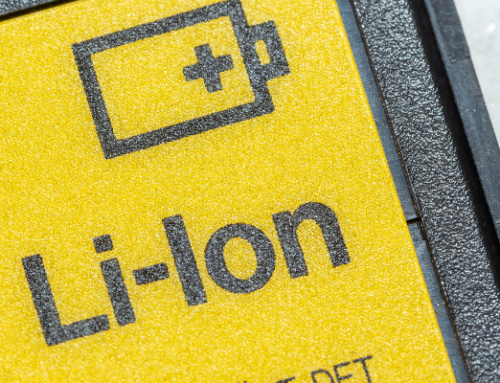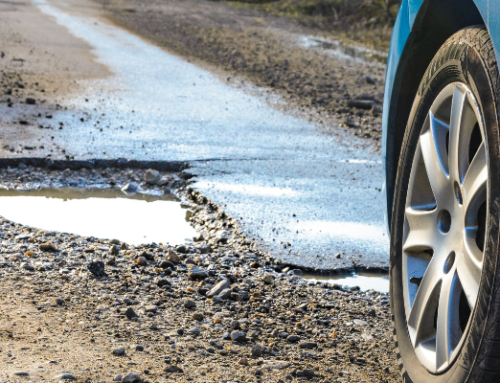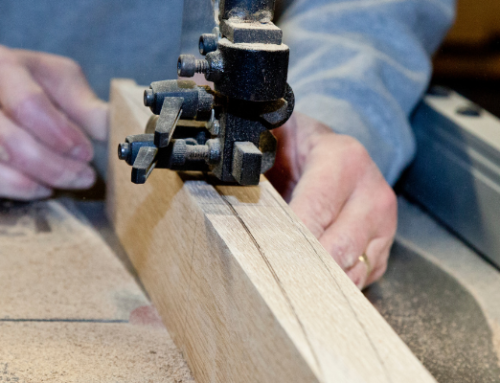A shortage of skills in the motor repair sector is fuelling claims costs and pushing up motor insurance premiums. As the shortage is exacerbated by the need for new skills to work on vehicles with the latest technology, the industry must work together to plug the gap.
The statistics paint a bleak picture. Vacancy rates in the sector are at record highs according to the Institute of the Motor Industry (IMI). Its data shows there are more than 23,000 vacancies – equivalent to 4% of the workforce – with many of these in technical roles.
The sector is also failing to attract new talent at the levels required. Thatcham Research’s analysis of Education and Skills Funding Agency data shows that mechanical apprentices starts in collision repair occupations are stagnant, having failed to recover to pre-pandemic levels. By August 2022/23, just 775 apprentices had signed up for that year, down from 960 in 2017/18.
There are also concerns about the sector’s readiness for new vehicle technology. The IMI predicts that by 2032 there will be a shortfall of 16,000 technicians holding its TechSafe qualification, which enables them to work safely on electric vehicles.3 Similarly, while 3,000 technicians are advanced driver assistance system (ADAS)-certified, this is only a third of the 9,000 required to work on the current vehicle parc, and well below the 106,000 that will be needed by 2030.
Understanding the skills gap
The emergence of so much new technology in vehicles over the past 10 years has put pressure on the sector to develop new skills but Frank Harvey, head of member services at the Independent Garage Association, part of the Retail Motor Industry Federation (RMI), says the problems started a long time ago. “The structure of apprenticeships changed with the introduction of the Youth Opportunities Programme,” he explains. “These were short six-month programmes, giving little incentive for commitment on either side.”
Although today’s apprenticeships have evolved and now take a longer-term approach, lasting from one to five years, Harvey says the sector’s image is still stuck in the past. “One of the big recruitment challenges we face is that the perception of motor repairs hasn’t changed. It’s still seen as dirty and smelly when the reality is that the amount of technology in today’s motor vehicles means it’s more like working on a computer.”
Switching from old school motor repairs to the diagnostic and technical skills today’s vehicles require means investment from motor repair businesses. Alongside training, modern vehicle technology can require new tools, equipment, and even additional space to ensure work is carried out safely.
Unfortunately, the need for this investment has come at the same time as the economy is struggling. Inflation, higher interest rates and post-pandemic recovery have forced many businesses to put the brakes on this type of investment.
Ready for the future
Undoing decades of underinvestment in motor repair skills may sound an impossible task but it’s important to note that the sector, and the vehicles it works on, have evolved considerably over that time. Today’s technicians need to have a much broader knowledge but also good computer skills to be able to work with the diagnostic tools that are now commonplace.
Alongside a revamp of the sector’s image, its crucial motor repair businesses must invest in training too. Ensuring technicians have the right skills to work on vehicles with new technologies is essential but this investment in staff development also sends out a positive message about a business to potential recruits but also customers and partners.
We are here to help
Please do get in touch if you would like to know more about how we can support you and your business.
This article was adapted from an article by Allianz which can be found here.






